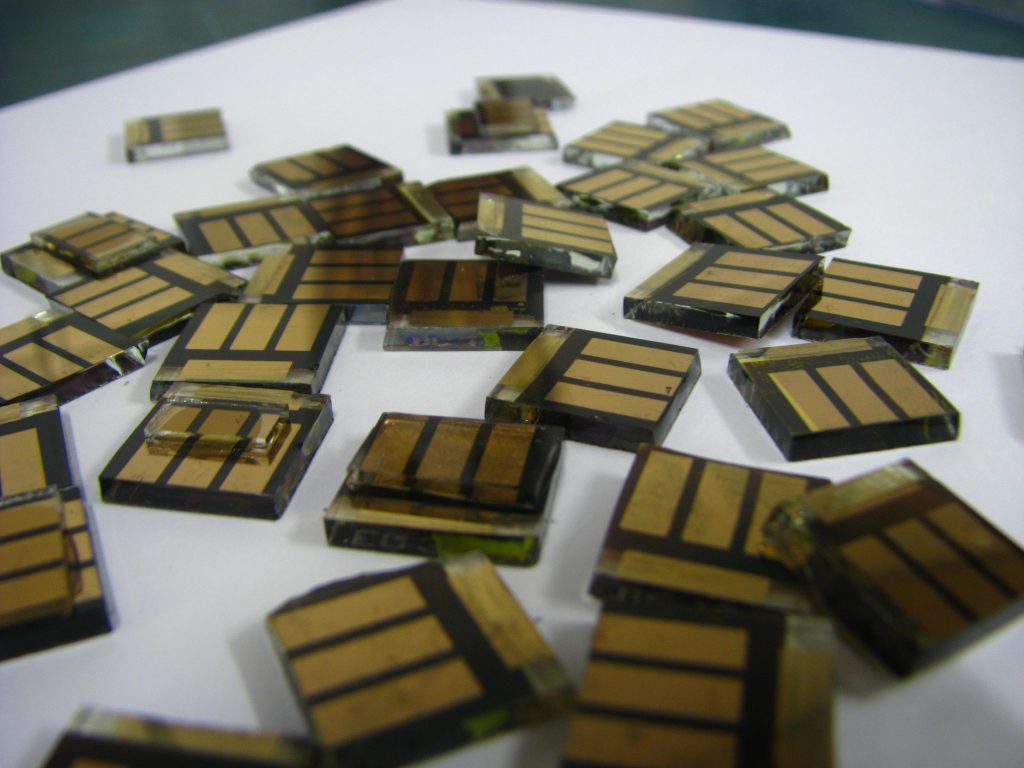Organic solar cells are a great idea in theory yet for commercialization, researchers must make them much more efficient.
University of Michigan researchers have done just that with a more flexible, inexpensive type of solar cell, capable of achieving 15 percent efficiency, which is on par with the level of efficiency of many solar panels and photovoltaics currently in the market.
“Organic photovoltaics can potentially cut way down on the total solar energy system cost, making solar a truly ubiquitous clean energy source,” said Stephen Forrest, the Peter A. Franken Distinguished University Professor of Engineering and Paul G. Goebel Professor of Engineering, who led the work.
Silicon-based inorganic solar panels are costly to make which is what makes organic solar cells so intriguing as they incorporate carbon into their construction, and are much cheaper to produce. They are also high performing.
In fact, researchers believe given a 20-year lifetime, at 15 percent efficiency, organic solar cells have the potential to produce electricity at a cost of less than 7 cents per kilowatt-hour compared to 10.5 cents per kilowatt-hour, the average cost of electricity in the U.S in 2017.
How did the researchers make organic solar cells more efficient after years of struggling to do so?
They stacked them on top of each other while also still allowing light and electrical charges to pass through.
“By themselves, the cells achieve 10 to 11 percent efficiency,” Che said. “When we stack them together, we increase light absorption and efficiency improves to 15 percent with an antireflection coating.”
“We can improve the light absorption to increase electric current, and minimize the energy loss to increase voltage,” Che said. “Based on calculations, an 18-percent efficiency is expected in the near future for this type of multijunction device.”






